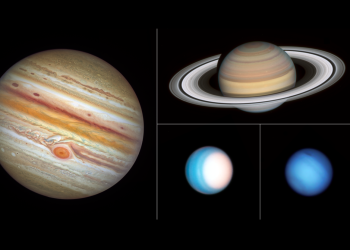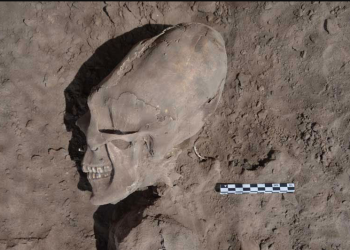The MIT supercomputer prediction wasn’t the result of wild speculation. It was commissioned by the Club of Rome, a global think tank focused on long-term human sustainability. Worried about resource depletion and unchecked industrial growth, the Club tasked MIT systems theorist Jay Forrester and his team with building a simulation model that could show where civilization was heading.
The result was the World3 model, one of the first complex computer simulations designed to map interactions between population growth, industrial output, food production, pollution, and resource consumption.
The inputs were simple: real-world data. The outputs? Alarming.
The simulation showed that if population and industrial growth continued without changes in policy or behavior, the Earth’s systems would start to fail within a century. Resource shortages, environmental degradation, and economic instability would trigger a cascade of failures — not necessarily apocalyptic, but deeply destabilizing.
The model forecasted that these pressures would reach a tipping point around 2040.
What exactly did the MIT model predict?
The MIT supercomputer prediction identified five key drivers of collapse:
-
Population growth
As the global population expands, demand for food, energy, and clean water increases exponentially. -
Industrial expansion
More factories and production mean more pollution and higher energy consumption, often from non-renewable sources. -
Pollution
Air, water, and soil pollution feed back into the system, damaging agriculture, human health, and biodiversity. -
Resource depletion
Non-renewable resources like fossil fuels and certain minerals decline rapidly under constant demand. -
Food production
Agricultural output initially keeps up, but eventually slows due to land degradation, water scarcity, and climate stress.
When all five elements were projected together, the World3 model didn’t show gradual decline — it showed a sharp collapse. Industrial output plummets. Food becomes scarce. Populations decline not by natural balance, but by systemic failure.
Why the MIT supercomputer prediction came back into focus
For years, the study sat in the background of academic circles, known mostly to environmental economists and futurists. That changed when the Australian Broadcasting Corporation (ABC) resurfaced archival footage of the 1973 simulation and published it in a YouTube documentary. The clip quickly went viral, sparking renewed interest in what had long been considered a forgotten forecast.
The timing wasn’t accidental. In recent years, climate change, global pandemics, rising inequality, and resource tensions have made people more aware of how fragile complex systems can be.
And then came the real kicker.
In 2020, Gaya Herrington, a researcher at KPMG and Harvard-educated analyst, compared current global data with the original MIT simulation. Her study found that many of the trends — from resource use to industrial growth — were still following the same trajectory. If that trajectory doesn’t shift, she concluded, collapse scenarios could still become reality within the same timeframe the model predicted.
What “collapse” actually means
Let’s be clear — the MIT supercomputer prediction didn’t say we’d all be wiped out by 2040. It wasn’t that kind of end-of-the-world warning. What it described was something slower and messier: a breakdown in the systems we rely on every day. Not extinction — just a future that gets harder to live in.
Collapse, in this case, means the food doesn’t always show up. Prices spike. Clean water becomes harder to get. Supply chains crack. Economies shrink. It’s not one big disaster — it’s a thousand little ones, piling up over time, until the world stops working the way it used to.
And the scary part? It wouldn’t all happen at once. Some places would fall apart faster than others. Some people would barely notice. Others would lose everything.
That’s the kind of future this old computer model was trying to warn us about. And half a century later, that warning still hits hard. Not because it predicted some single moment of doom, but because it understood something we still struggle with: growth has limits, and systems can fail if pushed too far.
The real point of the MIT model wasn’t fear — it was choice. That future doesn’t have to happen. But it’s not going to avoid us just because we ignore it.











